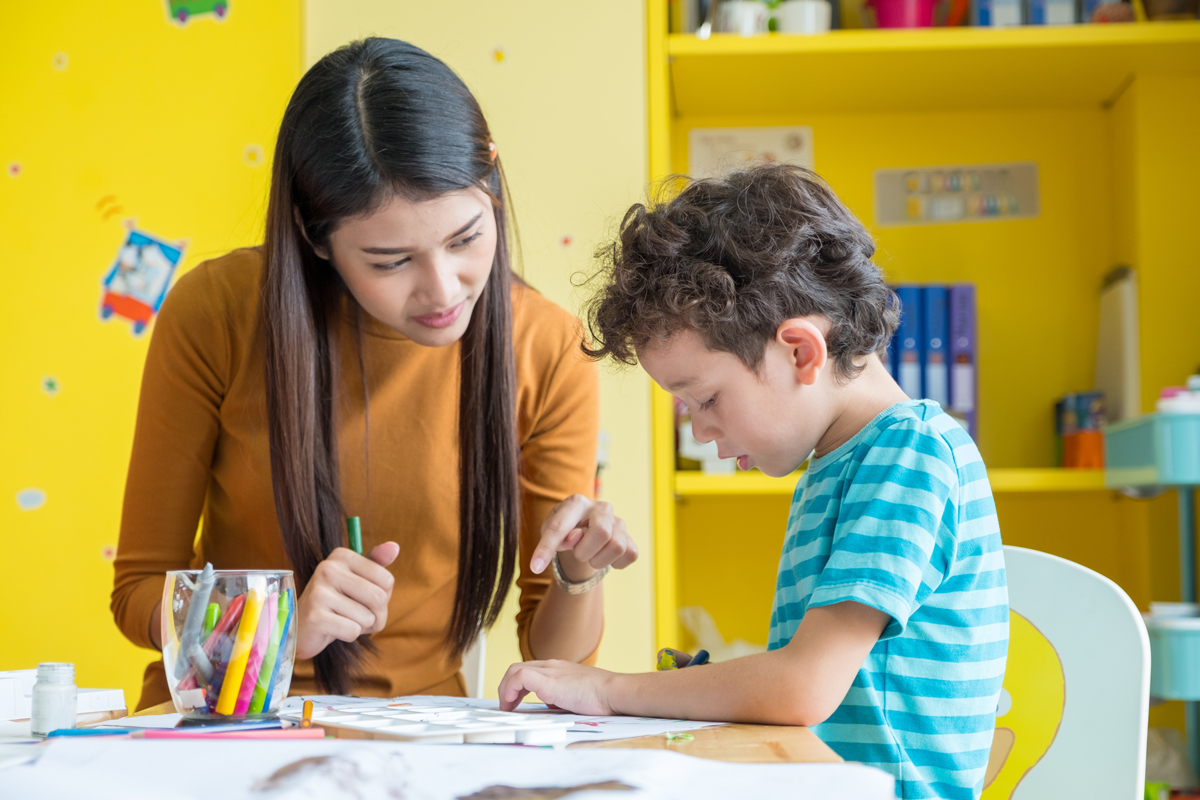An Aug. 17 webinar hosted by Digital Promise, “Rethinking Special Education During COVID-19,” brought together a panel of experts to answer the question: How can educators better reach and educate all learners in the 2020–21 school year?
The panel — comprised of Lindsay Jones, CEO of the National Center for Learning Disabilities; Megan Gross, a special education teacher in the Poway Unified School District and California State Teacher of the Year 2017; and Kim Eckert, Innovative Programs Coordinator for West Baton Rouge Schools, Educators Rising and Louisiana State Teacher of the Year 2018 — agreed that professional development is a good place to start.
All pedagogy related to students with disabilities is based on being physically present with a student, Gross said, so teachers and others who work with these children need training in any best practices for working with these students online.
“I really feel like this is something that we need to make sure we’re providing professional development on, because it’s not enough to just have the next best learning management system or really great, cute Bitmoji classrooms,” Gross said. “We have to have instructional practices that match the environment we’re in, and I think that’s a big hurdle because we’ve never done this on such a large scale before. We can’t just put our regular brick and mortar school online.”
The digital divide was immediately evident in terms of access to devices and high-speed internet, but also revealed a lack skills and comfort with technology, Eckert said, noting that her learners with disabilities had not had the same opportunities to participate in typing courses or learn how to use internet tools prior to the pandemic. Training for those who work with students with disabilities may need to include ways to help instill confidence in working on computers among students will little experience in this area.
In addition to professional development, administrators will need to provide general education and special education teachers with time to collaborate like they would if they were in the school building together, Jones said. “Most kids with disabilities have almost their whole day spent in general education with general education teachers. Making sure all educators have time to work together, know how to use the technology, then can teach the students how to use that technology … is something we need to make sure we focus on as we go into this next school year,” she said.
Families of students with disabilities need support too
With parents now forced to play a larger role than before in their child’s day-to-day education due to distance learning, Eckert said teachers and administrators need to take a step back and ask what they can do to ensure parents can connect, that they feel welcome, and that they understand how to use the technological tools they need to help their child.
Parents of children in special education want to help, she said, but oftentimes school districts don’t do a very good job of training parents or helping them understand why certain modifications or different scaffolds are important.
That said, the job of a teacher is not easy — it requires extensive education and training. While family engagement is critical, parents cannot be expected to teach to the same level as their child’s educator, even if they are provided packets of information, Eckert noted.
“I think sometimes we underestimate the fact that we’re part of a profession that takes years of skill of training. You could give me every manual in the world and tell me to perform an appendectomy, but you don’t want me to practice on you for the first time,” Eckert said. “So naturally, parents would need a lot of help engaging in [distance learning], especially if they may have felt disenfranchised from school whenever they were students.”
Additional resources from the National Center for Learning Disabilities:





